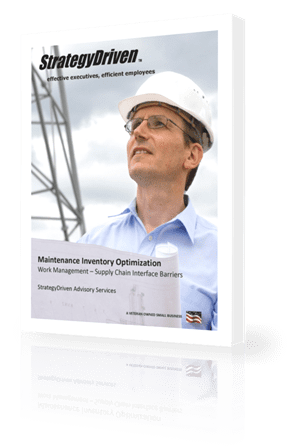How to Increase Website Traffic: 8 Helpful Tips

You see, the more clicks your website gets, the higher your Google ranking will be. Since nobody ventures too far in their search, you need to be sure you make it to page number one.
Not sure how to increase website traffic? We can help you out. Check out this guide to learn how to get more clicks and keep all eyes on your site.
1. Use Social Media to Your Advantage
If you don’t have a social media page for your business yet, you should get on that. It’s too important of a resource to ignore. You can use social media ads to drive users to a landing page where they can check out your products.
If you have a sale going on, you can tell all your followers about it via a post. Make sure to include images, a description, and a link to the items when you create one of these posts.
You can also use your social media account to promote your blog if you have one.
2. Choose Interesting Titles
Your headlines and titles are a person’s first introduction to your site or blogs. They’re what gets people to click on your content. That means you need to choose something catchy.
There are two things that you need to keep in mind when you’re typing up your titles. Number one, they need to contain keywords. These are words that people type into Google to search for a particular item or piece of information.
So, what are these secret words? You’ll have to use a keyword tool to figure this out. These tools will tell you what a word’s competition and difficulty rating are.
You’ll need whatever words you choose to rank low in these two categories while also having plenty of traffic.
The second thing to keep in mind is trial and error. Once you have your keywords in mind, write a few titles that seem catchy to you. You can ask other people which one they think works the best.
3. Long-Tail Keywords
Single-word keywords are great and all but, long-tail keywords are the best. They can be as long as an entire sentence. They work well for a few reasons.
For one, they’re not typically high as far as competition and difficulty are concerned. They also provide a lot of traffic. The other thing is that many people take a hands-free approach by using talk to text.
When they Google search something with their voice, they’re more likely to use a long-tail keyword than a short one.
4. Keep Things Fresh
You’re going to have a million different people going to your site. Not all of them want to read an in-depth 1500-word article on how to paint their car. You need to have a mixture of short-form and long-form content on your site, or you’re in for a poor user experience.
It’s also a good idea to use some visual content. More people recall what they see vs what they read. This means that someone is more likely to share a bright, fun image on social media than a wall of text.
The more shares you get, the more people will visit your site. If you don’t use any images, you’ll be lucky if your social media post gets noticed at all.
5. Try Out Guest Blogging
Guest blogging will get you a higher search engine ranking than almost anything else. If you’re unfamiliar with what this entails, it involves giving your URL to other blogs like yours.
Whenever the blog user posts something, they may link externally to your site. When Google sifts through the posts and sees your URL there, it will see that you’re an influential website and thus, give you a higher ranking.
While you’re at it, you can allow guest posts on your blog as well. It will help the search engines understand what niche you’re going for and rank you accordingly.
6. Utilize Internal Links as Well
SEO tips 101 states that you need to use internal links as well as external ones. Let’s say for a second that you sell hair products. In an article about how to take care of your hair, you can link to what you have in your store.
Since the person reading the content is already interested in hair care, there’s a good chance that they’ll click the links so that they can see what you have.
Even if they don’t buy one of your products, the extra action means more traffic. Search engines will see that someone visited several of your webpages, which makes you look great.
7. Podcasts
Podcasts work sort of like a television series except for the fact that it’s all audio. They’ve gained a lot of popularity lately, so many companies have started using them in their marketing strategy.
The problem is that they can be expensive to create. If you’re a new company, you might not be able to afford the equipment. What you can do is volunteer to be a guest on a Podcast.
It’s not much, but it should be enough to get listeners interested in your website.
8. Comment on Blogs Similar to Yours
If you notice that a blog similar to yours has posted something relevant to your products and services, don’t be afraid to make a comment and provide a link.
Just make sure that the information you provide in the comment is helpful to people. If you drop a link with no context, you look like a spammer.
How to Increase Website Traffic and Increase Your Ranking
If you’re not able to drive people to your site, it won’t generate the traffic it needs to rank high in search engines. Since many people don’t go past the first page of Google, this can be a huge detriment to your business.
We hope that you’re able to use the tips that we’ve provided here today to learn how to increase website traffic and start getting the clicks that you deserve.
Are you looking for more ways to help your small business grow? Check out the entrepreneur section of our blog daily for all the latest advice.












Leave a Reply
Want to join the discussion?Feel free to contribute!